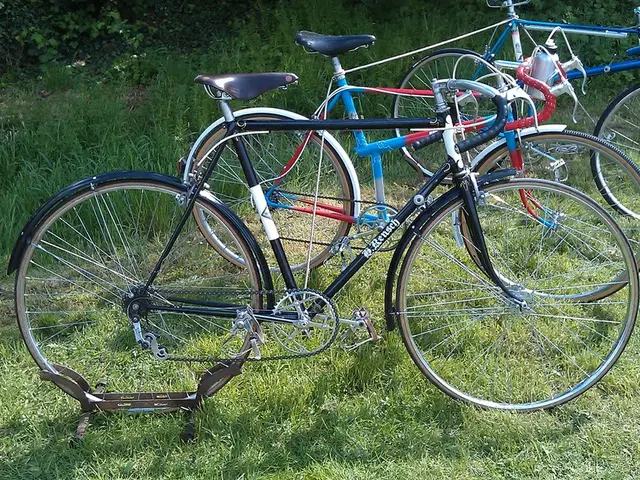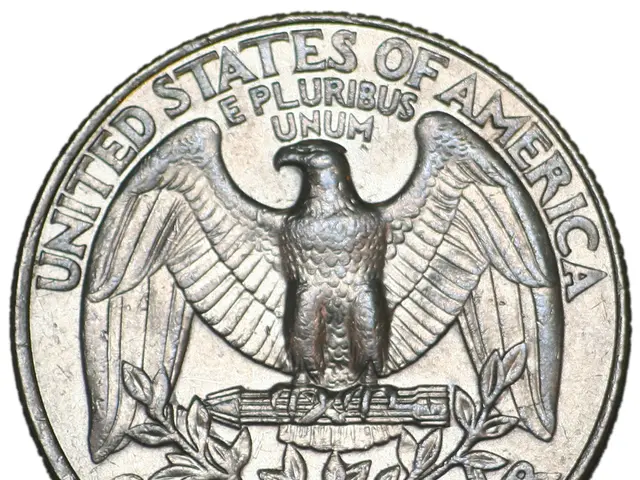Comparison of Fixed and Floating Interest Rates on MSME Loans: Which Option Results in Lower Finance Cost?
Small businesses seeking financing often face a crucial decision: whether to opt for a fixed or floating MSME loan interest rate. This decision significantly impacts financial planning and potential savings.
### Impact on Financial Planning and Savings
A fixed interest rate guarantees a consistent repayment schedule, making it easier for small businesses to plan their cash flow and budgeting. However, the downside is that one loses the opportunity to benefit if market interest rates decrease during the loan period.
On the other hand, a floating interest rate is linked to market benchmarks and can fluctuate over time. This means that EMIs can vary—potentially lowering repayment amounts when rates fall, offering potential savings. Conversely, if rates rise, your EMIs will increase, introducing uncertainty and potential stress on cash flow.
### Decision Factors for a Business
To determine the best option, a small business should consider factors such as risk tolerance, market outlook, financial health, loan tenure, and credit rating. For instance, risk-averse businesses with stable cash flows might prefer fixed interest rates, while more financially flexible businesses could handle the fluctuations of floating rates better.
Businesses expecting interest rates to rise might choose a fixed rate to lock in the current rate and avoid future hikes. Conversely, those expecting rates to decline or remain low may prefer floating rates to capitalise on potential savings.
### Summary Table: Fixed vs Floating MSME Loan Interest Rate
| Aspect | Fixed Rate | Floating Rate | |------------------------|----------------------------------|---------------------------------------| | Interest Rate Stability| Fixed throughout loan tenure | Varies with market benchmarks | | EMI Predictability | High | Variable | | Potential Savings | No benefit if rates drop | Can decrease if market rates fall | | Risk Level | Low | Higher due to rate fluctuation | | Suitability | Risk-averse, stable cash flow | Risk-tolerant, flexible cash flow |
### Making the Right Choice
Making the right choice involves assessing the business’s cash flow stability, risk tolerance, market interest rate outlook, and loan terms. Consulting with a financial advisor and carefully reviewing lender offers—including rate margins, reset periods, and total cost (APR)—can help determine the optimal interest rate type for a specific MSME’s financial planning needs.
Being well-informed and carefully weighing options can help secure an MSME loan interest rate that promotes growth without adding financial stress. Businesses seeking predictable expenses and long-term stability may prefer a fixed MSME loan interest rate, while those willing to tolerate some risk and take advantage of potential rate reductions may prefer a floating rate.
Partnering with a reliable bank that offers flexibility, transparency, and support can make the MSME loan journey smoother. Before finalising an MSME loan, discuss with your relationship manager or loan officer about the current benchmark and spread, option to switch between fixed and floating, penalties for early repayment or switching, frequency of rate adjustments, and other relevant details.
Financial institutions like HDFC can provide support for first ventures or financing guidance. The typical interest rate range for a fixed MSME loan is 75% - 22.50% p.a., while the typical interest rate for a floating MSME loan is linked to external benchmarks and subject to periodic resets.
The trend in MSME bank lending shows an increase in popularity of floating interest rates after the RBI mandated external benchmarking. Choosing between fixed and floating MSME loan interest rates is a strategic decision influenced by factors like risk appetite, market outlook, and business maturity.
Small businesses that prioritize predictability in their financial planning might opt for a fixed interest rate, which guarantees a consistent repayment schedule and provides long-term stability. Conversely, businesses aiming to capitalize on potential savings and are willing to manage the associated risk could consider a floating interest rate, as fluctuations can lower repayment amounts when market interest rates decrease. Business owners should carefully weigh their cash flow stability, risk tolerance, and market interest rate outlook to make an informed decision.






